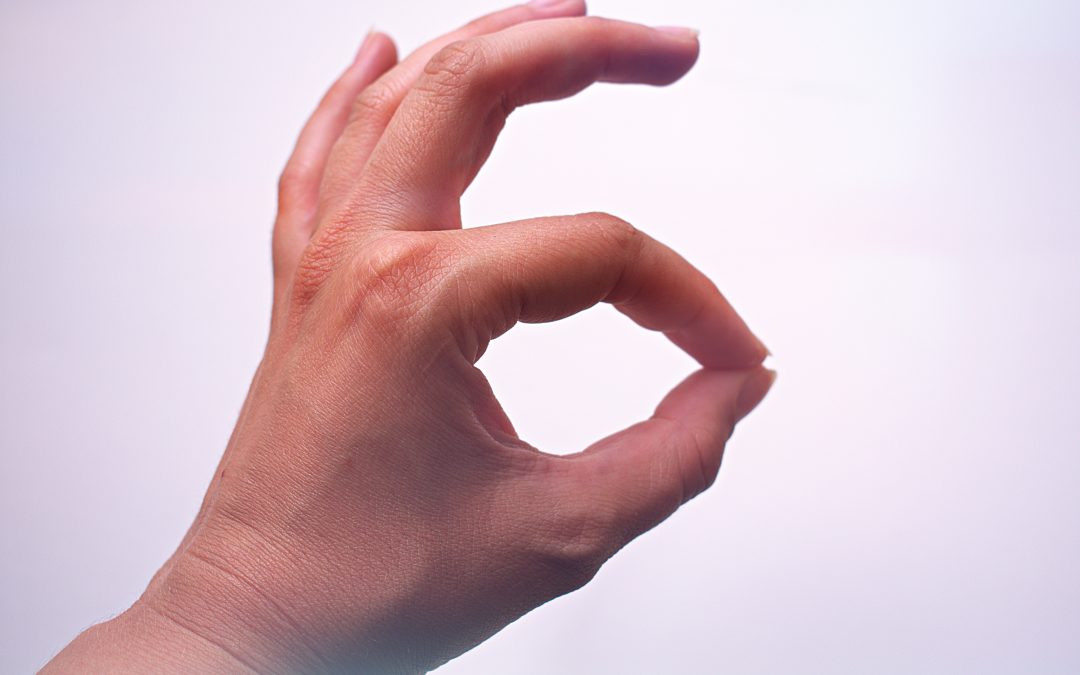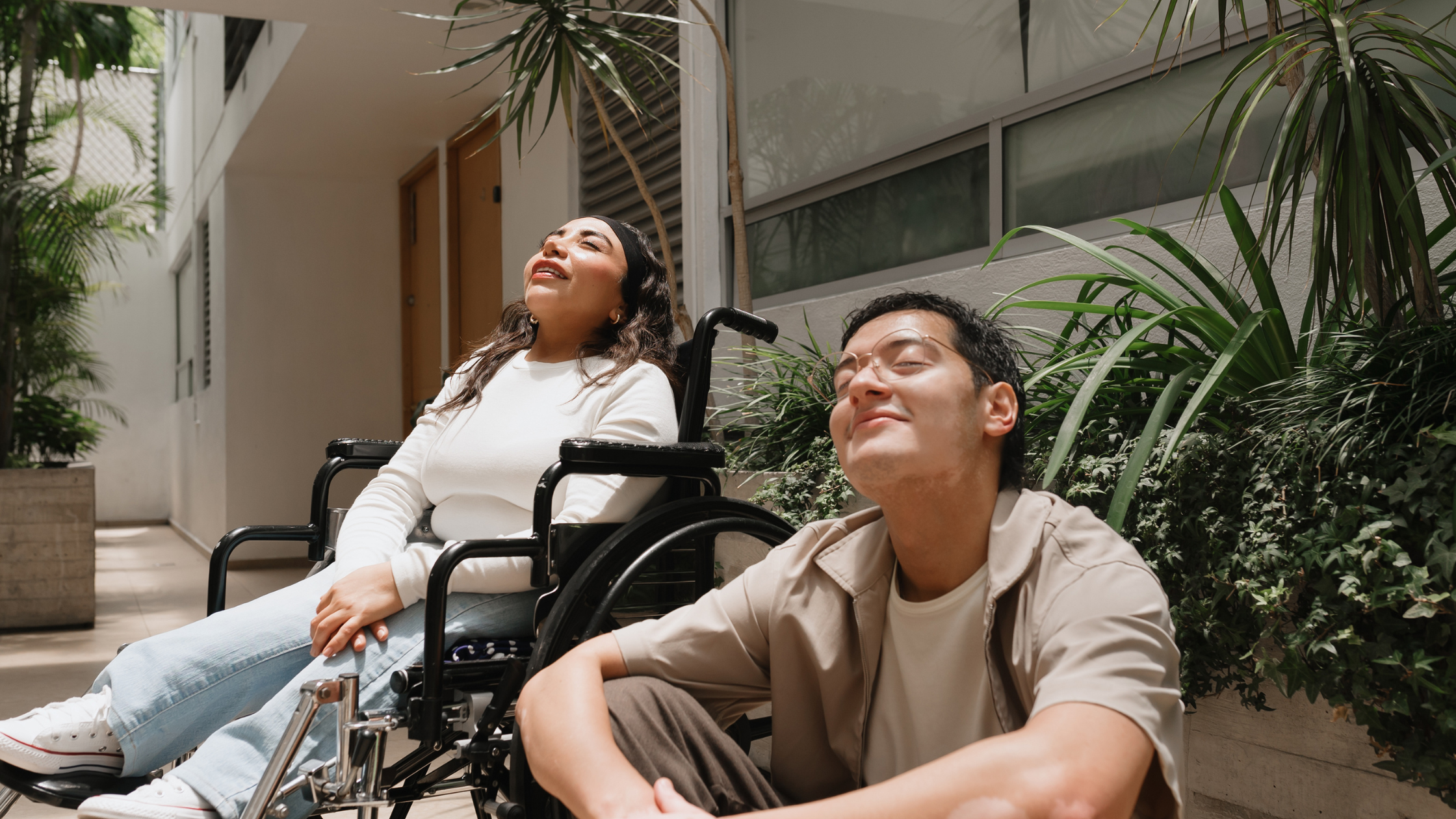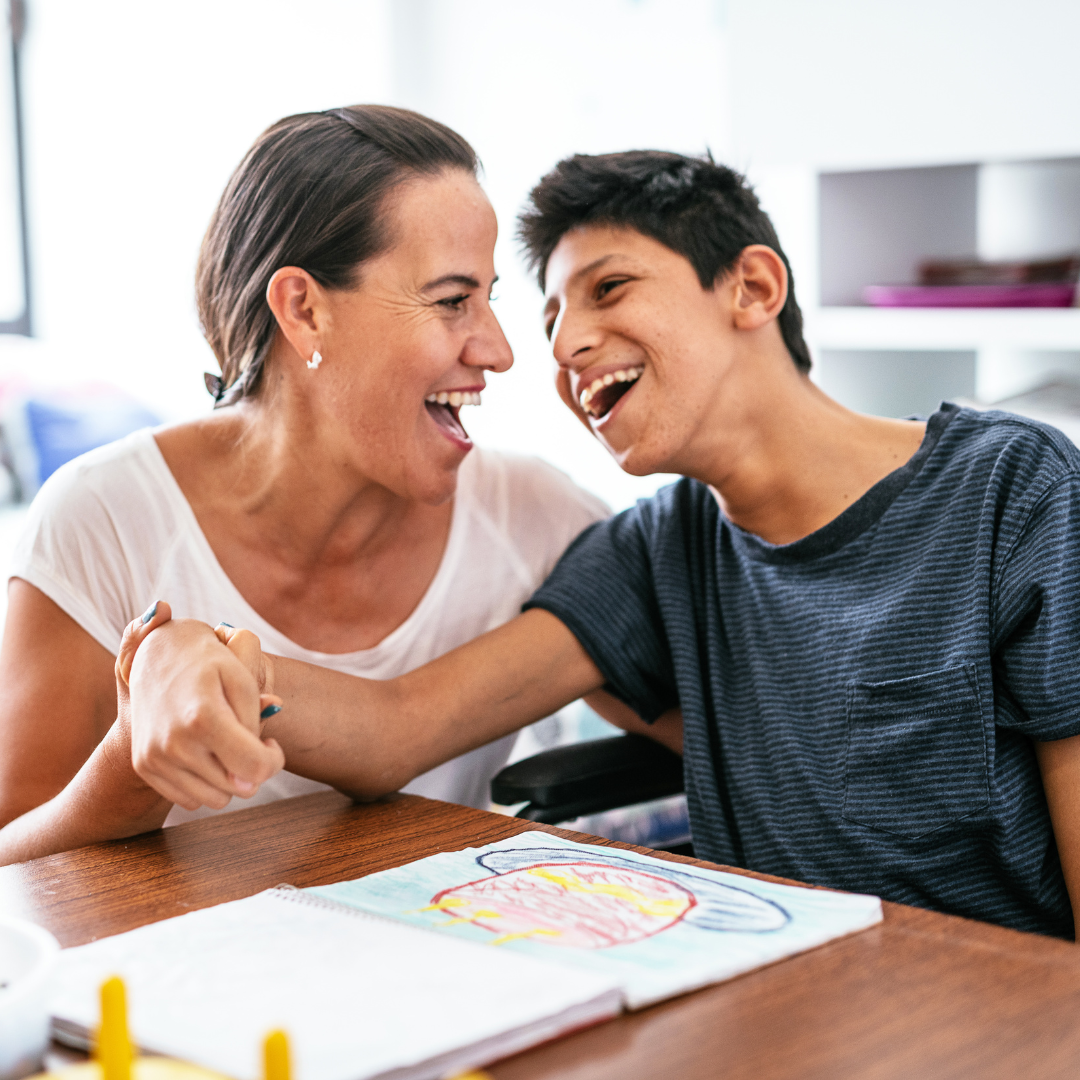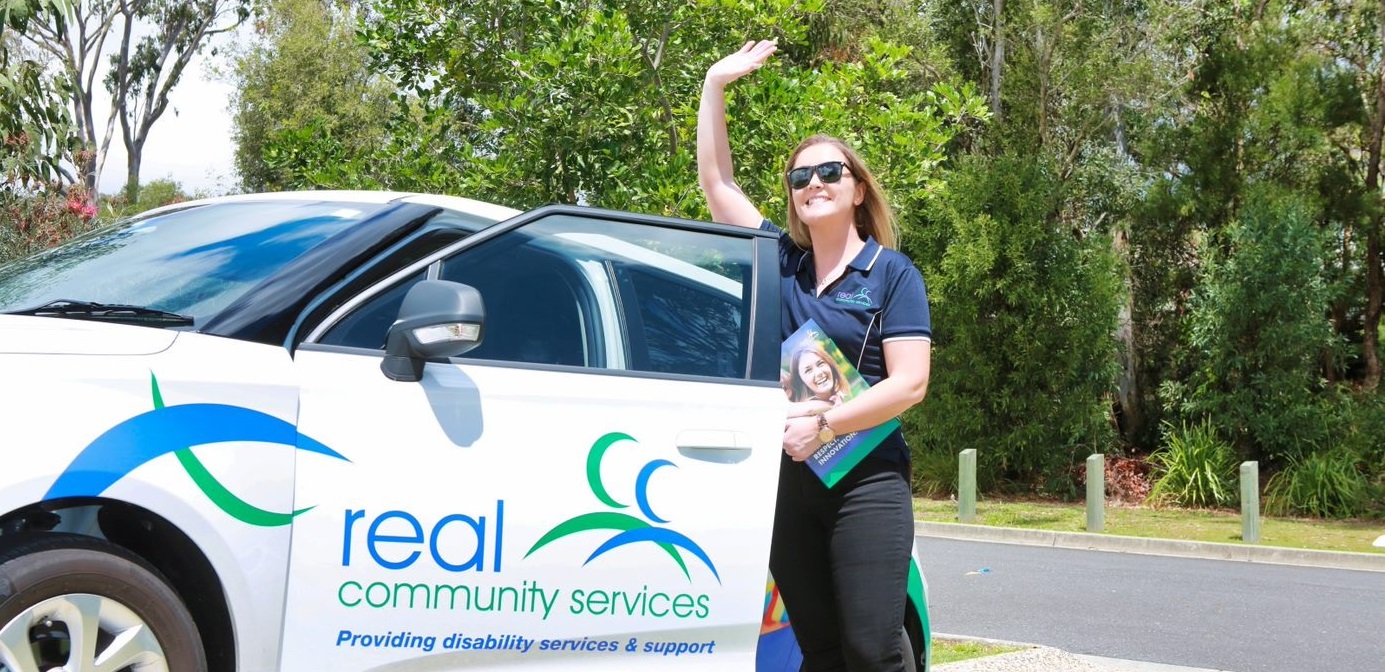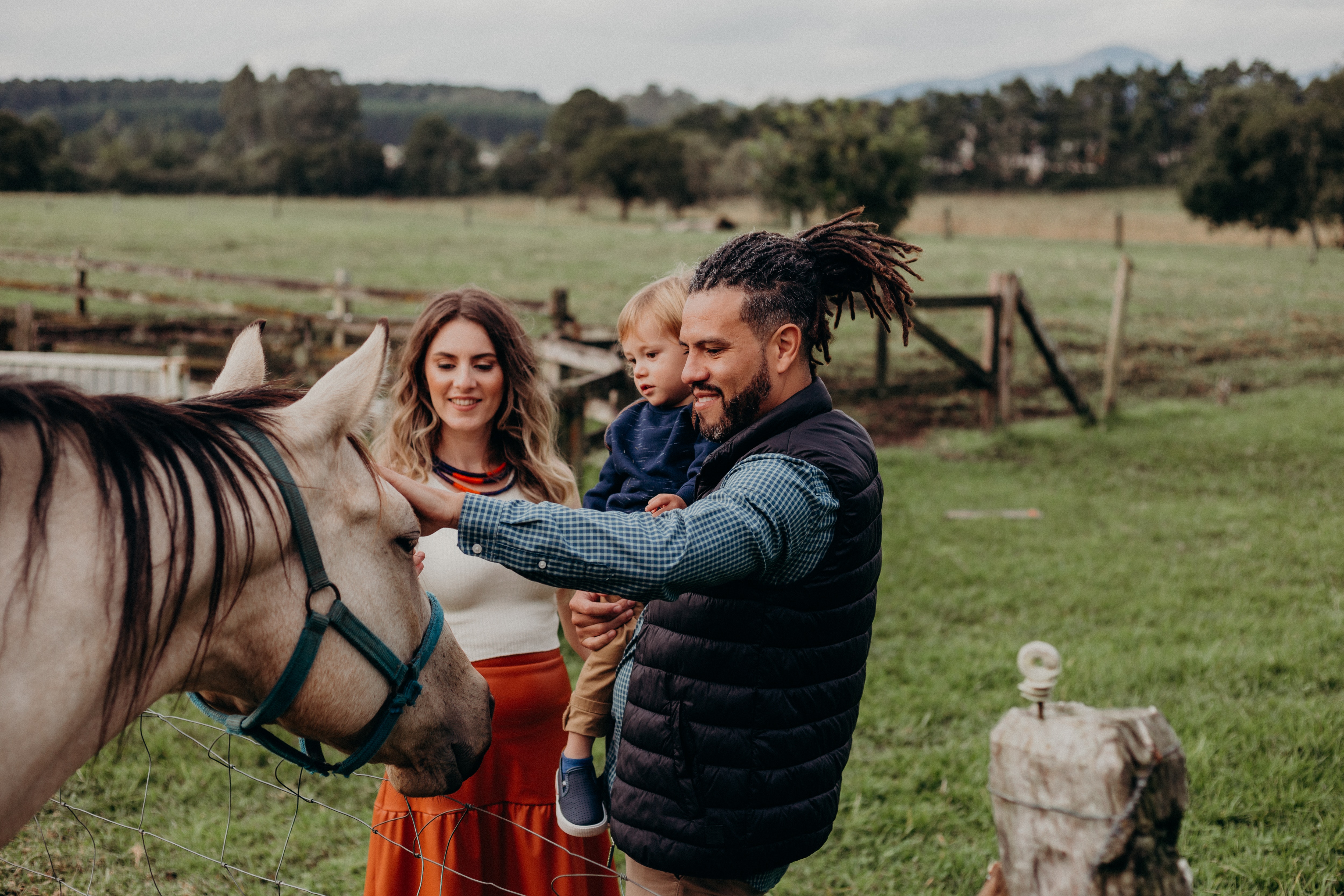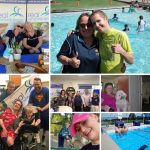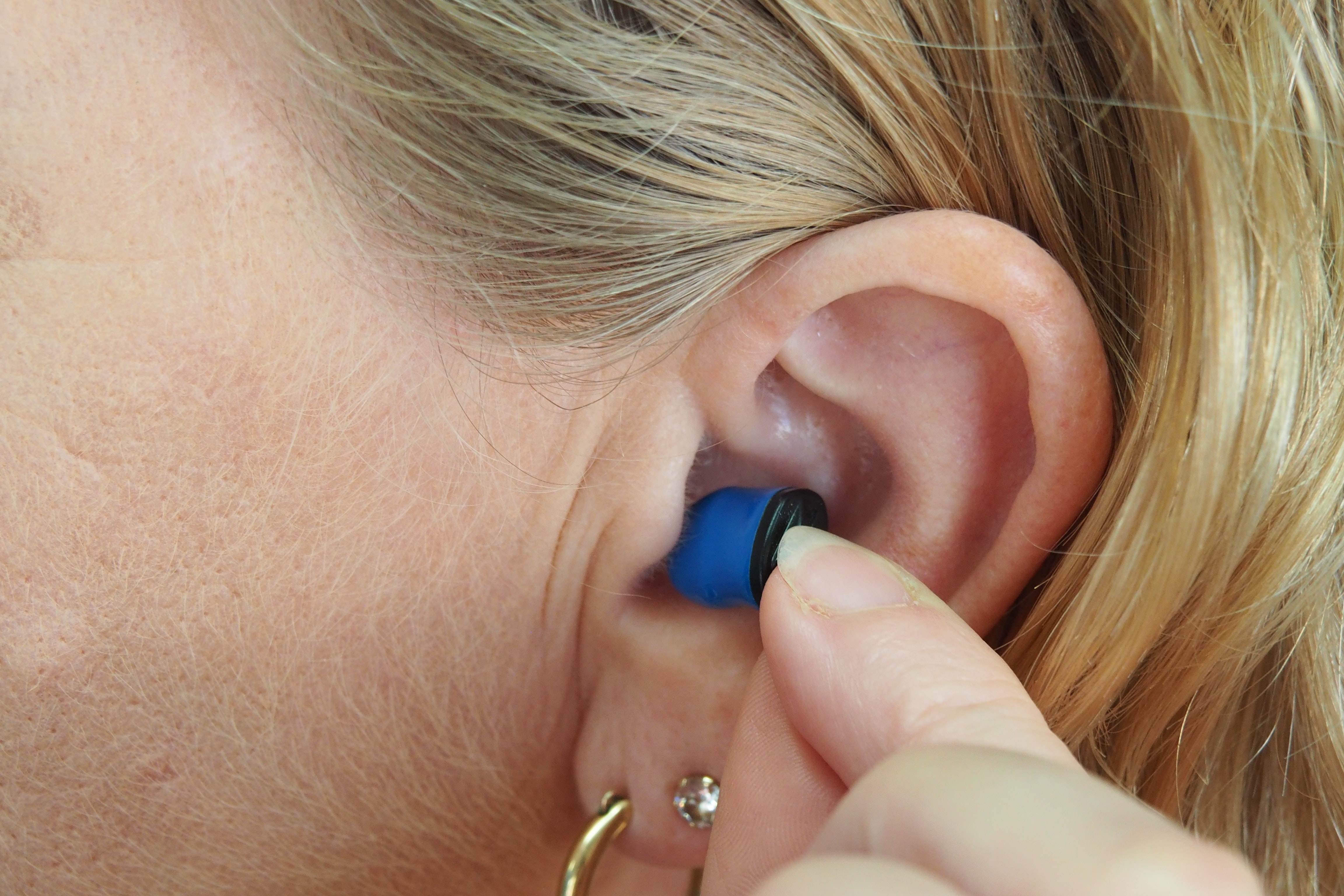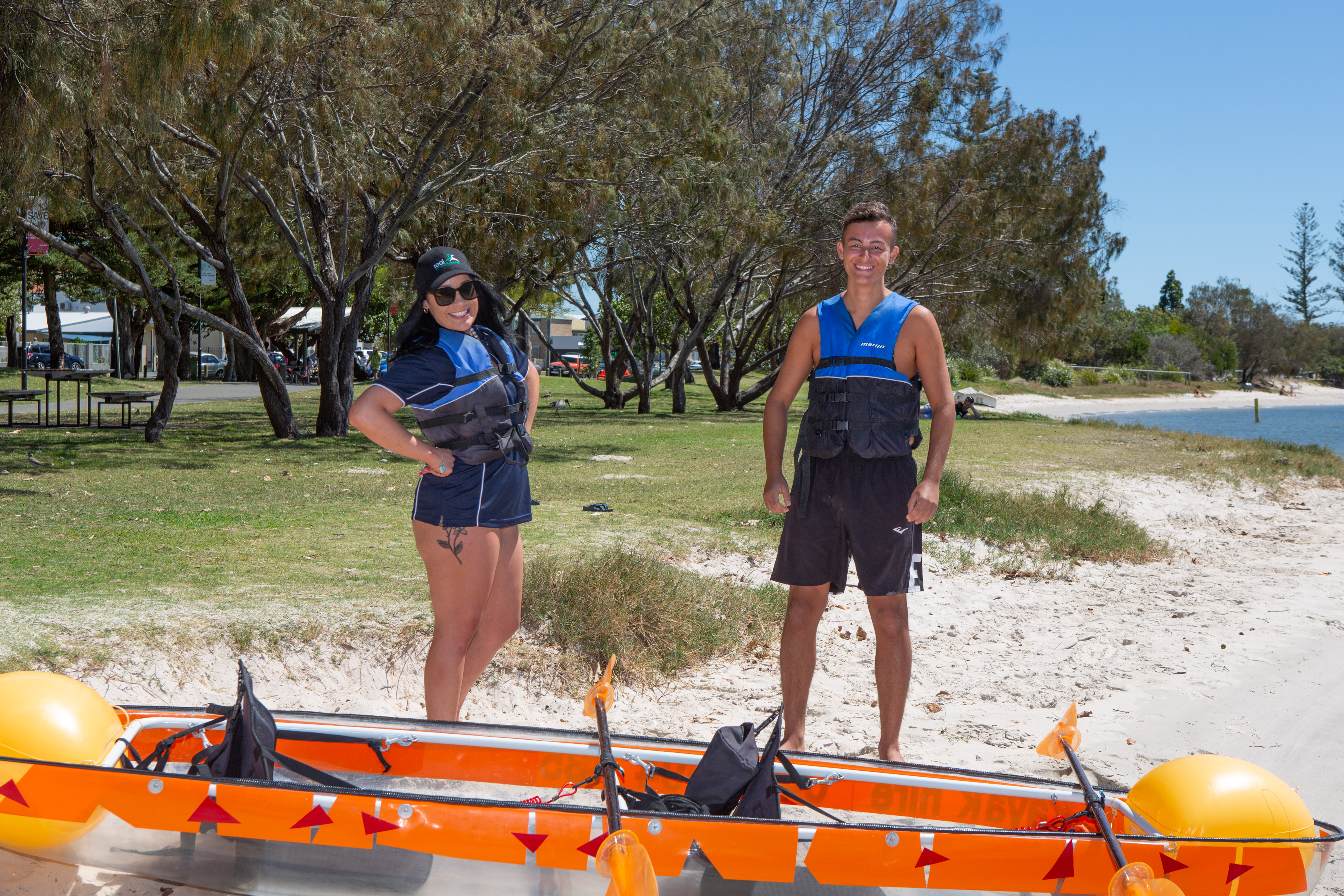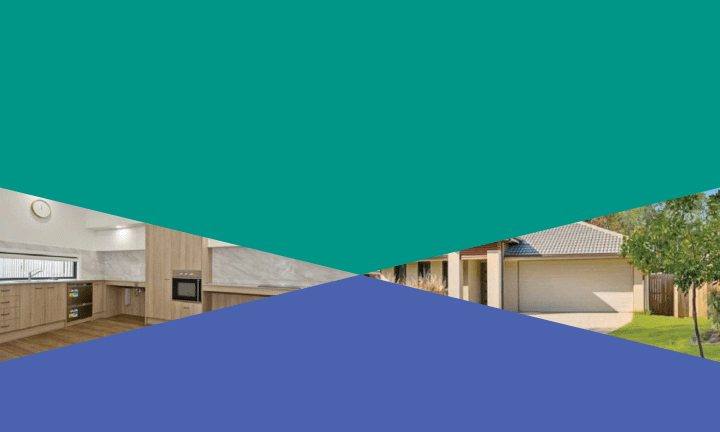Have you ever come across a participant, family member, or colleague that uses sign language to communicate and wished that you could better correspond with them? Having a basic understanding of sign language and being able to sign simple phrases like ‘good morning’, ‘how are you?’, and ‘my name is –‘ is a wonderful way to connect with those living with a hearing disability and encourages a more inclusive environment and community.
While you might not use sign language every day, taking the time to learn and understand this visual language can actually make you a better communicator in general and can help boost your overall brainpower. Here’s our top reasons why we think everyone should learn sign language.
-
It’s good for your brain
When your brain has to switch between speech, writing and structure, you become a better multi-tasker and improve your memory and attention span. Plus learning sign language will give you the very same cognitive benefits as learning a second spoken language, which includes problem-solving and critical-thinking skills, enhanced concentration and better listening skills. Learning a second language has also been proven to delay the onset of dementia and Alzheimer’s disease!
-
It can help you pick up on body language
Given that sign language is a visual language, it’s no surprise that you can also learn to better understand general body language. You will become more aware of people’s movements as they communicate, the way they place their hands or position their body. This will allow you to have more meaningful communications and better navigate difficult conversations.
-
Become a better communicator
Just as you will start to notice other’s body language, you will also become a better communicator yourself. Many people who learn sign language find themselves using their hand gestures and movements within their normal spoken communication. This makes them wonderful storytellers and engaging speakers.
-
It’s a wonderful way to connect
Taking the time to learn sign language can be truly rewarding when you are able to really connect and show compassion with those living with a hearing disability. It will also open you up to a whole new community of people who use sign language as their main form of communication.
So you’re ready to start learning sign language? Before you jump in there are a few important things to know about sign language.
Just like spoken language, sign language is different in every country with an estimated 130 versions of sign language being used around the world. Here in Australia our sign language is known as Auslan, which not surprisingly is most similar to the British Sign Language (BSL). There are also some slight differences between the Auslan used in different states within Australia.
Auslan is made up of 38 main hand shapes and 28 variants, which also rely on a combination of locations, movements and expressions to convey words and meanings.
Location – This is the direction of your palm and hand in relation to your body. For example, making a sign near the head suggests ‘thinking’
- Movement – Small or large movements of the head, arms and hands can suggest different words
- Expression – Head and facial movements or expressions are used to convey emotion and emphasis.
A good starting point when learning Auslan is to memorise the fingerspelling alphabet. These simple hand movements are used as a way of manually spelling out names of people and places for which there is not a sign. Fingerspelling can also be used to spell words for signs that the signer does not know the sign for; which will be very important in the learning process!
There are a number of online videos that will teach you basic Auslan words and phrases including the official Auslan online dictionary or for a more thorough and detailed learning course have a look at The Deaf Society’s online course or the Deaf Services Community Classes held here in Brisbane. For a fun and interactive learning process make sure to checkout the resources on the CanDoClassroom website which are designed to help school children learn Auslan.

